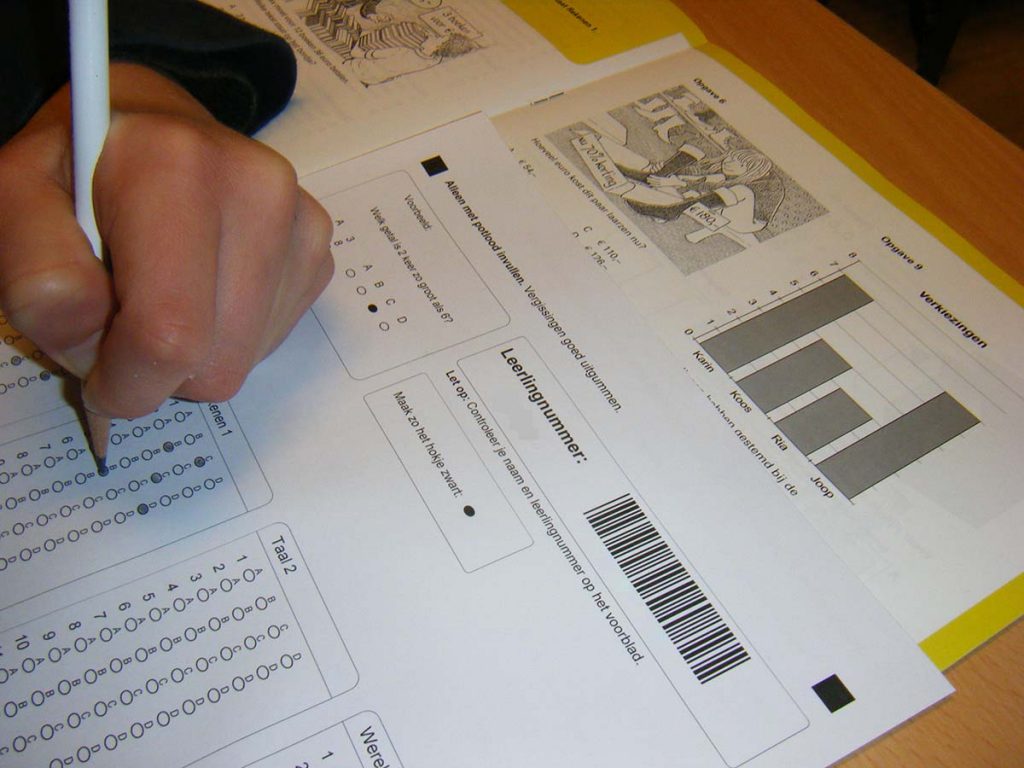SAT Adversity Score: Can the College Board Solve the Privilege Problem?
A look into the history of the SAT and a conversation about the test’s new adversity score.

The Scholastic Aptitude Test or SAT as it’s commonly called was invented back in 1926 by a eugenicist who created the test to reinforce a racial caste system. Now, decades later, in addition to evaluating millions of students’ language and math skills, the College Board is adding new context to students’ test scores by factoring in their social, economic and family background.
The adversity index consists of 15 factors — race not included — intended to portray the level of disadvantage a student has faced. While students don’t see their scores in those areas, college admissions officers do and have full discretion on whether or not to consider them when making an admissions decision.

Detroit Today is joined by Sidney Fussell, a staff writer covering technology and data at The Atlantic, who argues that, in some ways, this attempt to level the playing field for students is actually bringing the test closer to its conflicted origins.
And the big question is: Can you really quantify adversity? And in 2019, do we still need standardized testing to be standard protocol?
